Cristo Redentor de los Andes (Christ the Redeemer of the Andes in English) is a statue of Jesus Christ that sits high in the Andes Mountains, straddling Chile and Argentina. Most people make the journey here for a view of the statue and for the awesome views of this part of the Andes.
Cristo Redentor de los Andes
The Cristo Redentor statue is a symbol of peace between Chile and Argentina. It sits at 3,832 meters (12,572 ft) at the pass of La Cumbre, the old road that links Chile and Argentina. The only way to get here is via a dirt road with numerous switchbacks. Mostly it is tourists that journey here, most of them on a tour from Mendoza, Argentina.
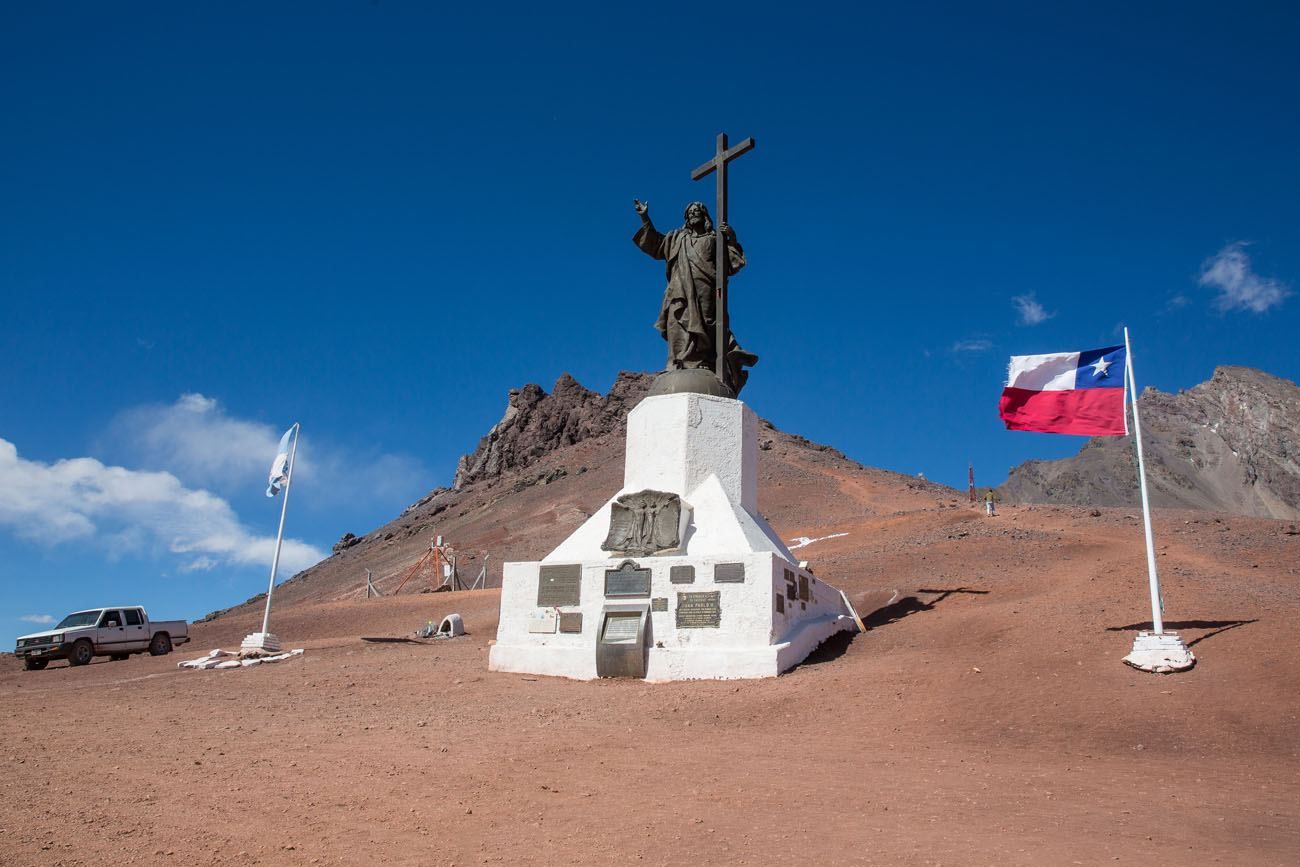
About the Drive
There is a dirt road that links the towns of Las Cuevas in Argentina to Parada Caracoles in Chile. It takes drivers up and over the Andes Mountains for a white-knuckle driving adventure. It is a 17 km drive with 65 hairpin turns. The road is steep, there are many spots where the road has drop offs way down to the valley below, and there are no guard rails.
This is a road that can only be driven in the best of conditions. It is closed during the winter months when it is covered with snow and this a drive that should not be attempted while it is raining. Even in the best of conditions it is very dangerous.
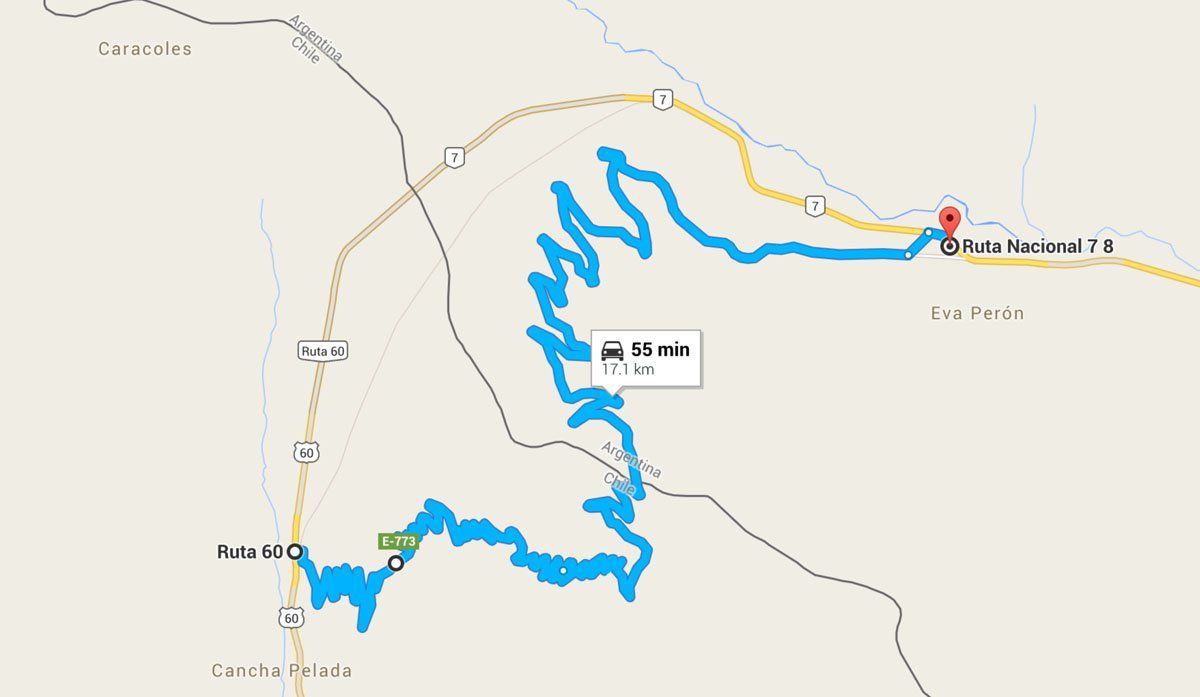
About Our Experience
We heard great things about this drive. While entering Argentina from Chile, we bypassed the drive, not sure if our little Chevy Cruze was up to the challenge of crossing the Andes Mountains via a high mountain dirt road.
When returning to Chile, we hit a back up of cars waiting to cross the border into Chile. This was a traffic jam of legendary proportions. Traffic was backed up from the town of Las Cuevas in Argentina to the Immigrations office in Chile, many kilometers away. We had a choice to make: sit and wait in this absurdly long line of cars or bypass the traffic by driving up and over the Andes.
And this is when we decided to put our little Chevy Cruze (and Tim’s driving skills) to the test.
From Las Cuevas, there is a turnoff onto the dirt road that goes up to Cristo Redentor de los Andes. There were other vehicles slowly winding their way up the mountain, most of them tourist vans, but there were several cars like ours. We decided to give it a try; if it seemed too dangerous we could always turn around, right?
Slowly, we climbed the mountain. The roads were in better condition that we expected. They are dirt roads with a thin layer of gravel on top. Still, it was a unnerving experience, especially when passing other cars on the road. The roads are narrow, there are no guardrails, and there is no room for error.
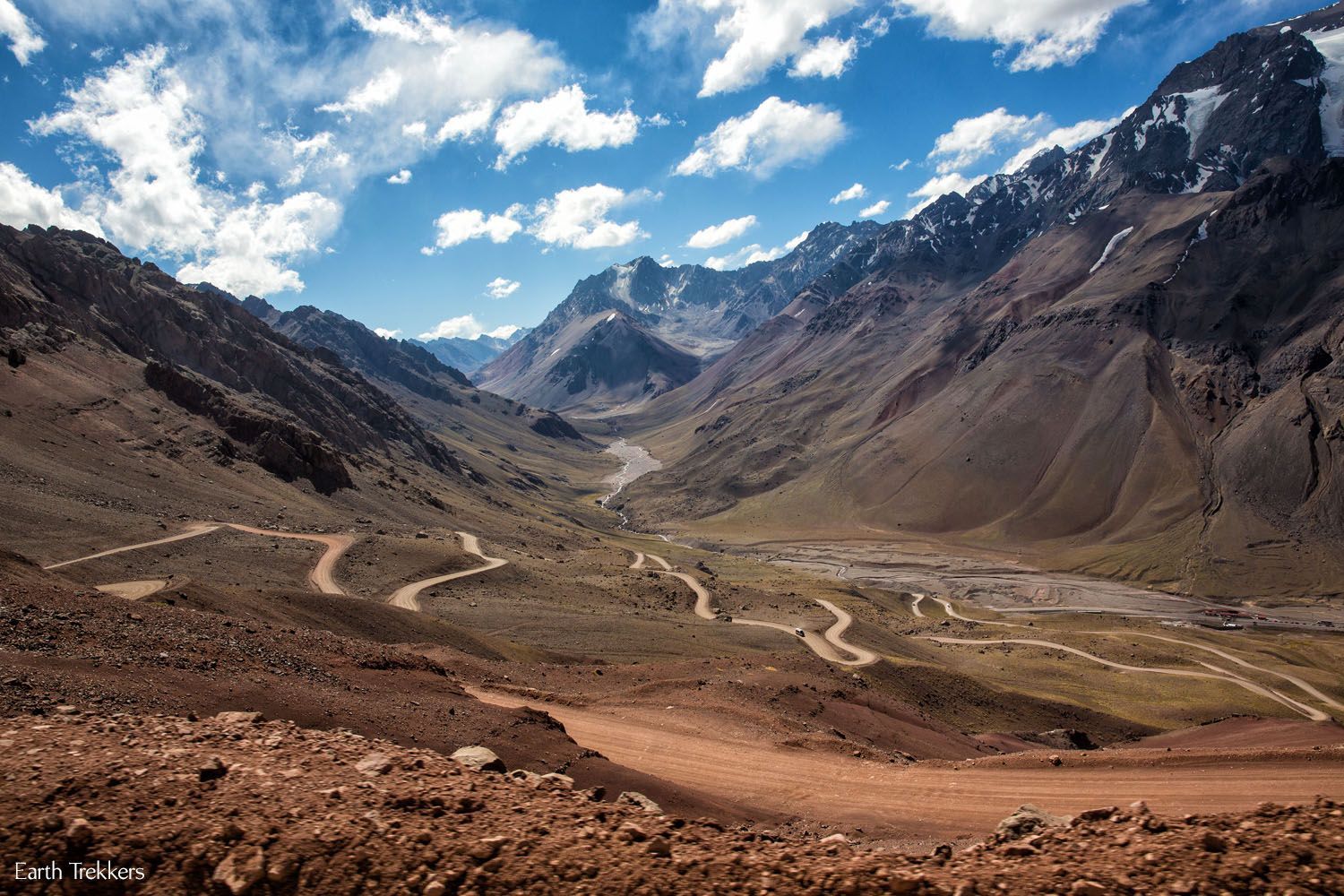
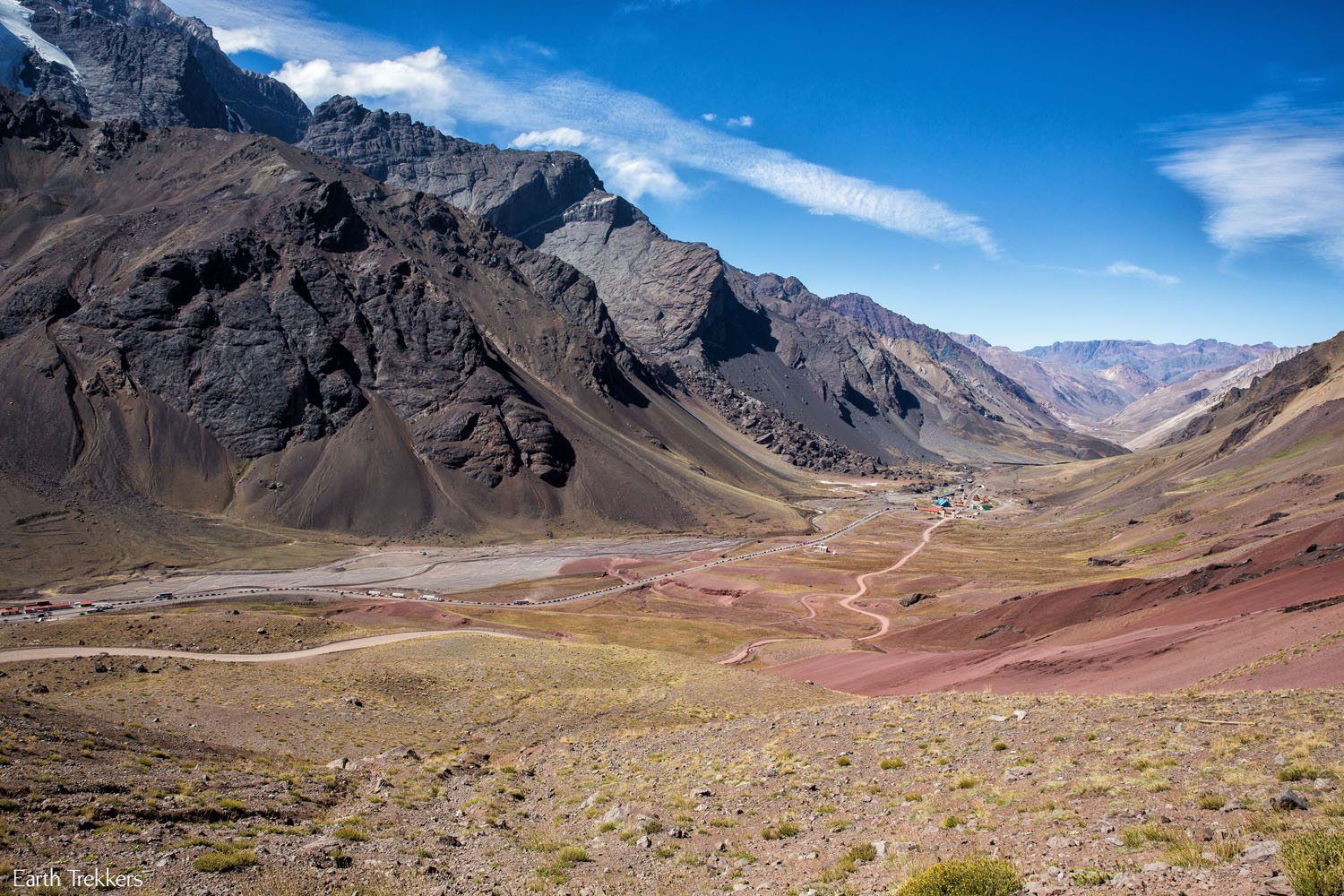
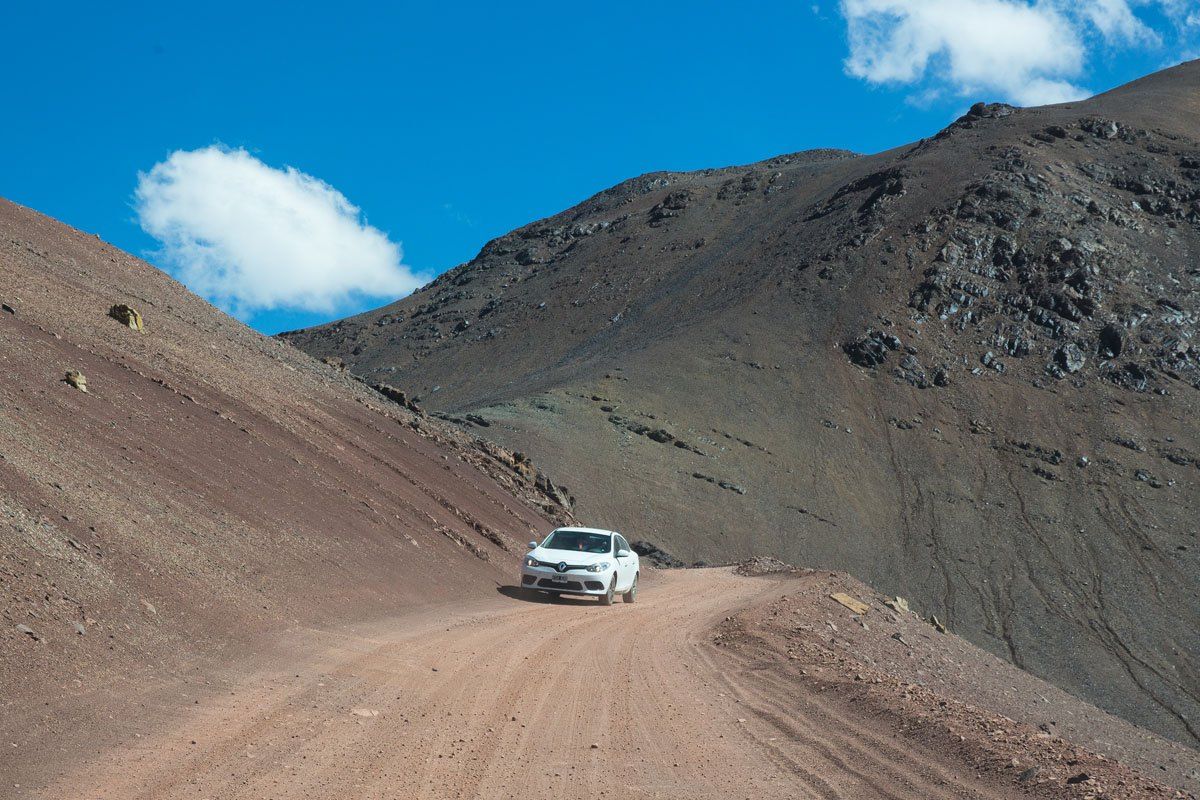
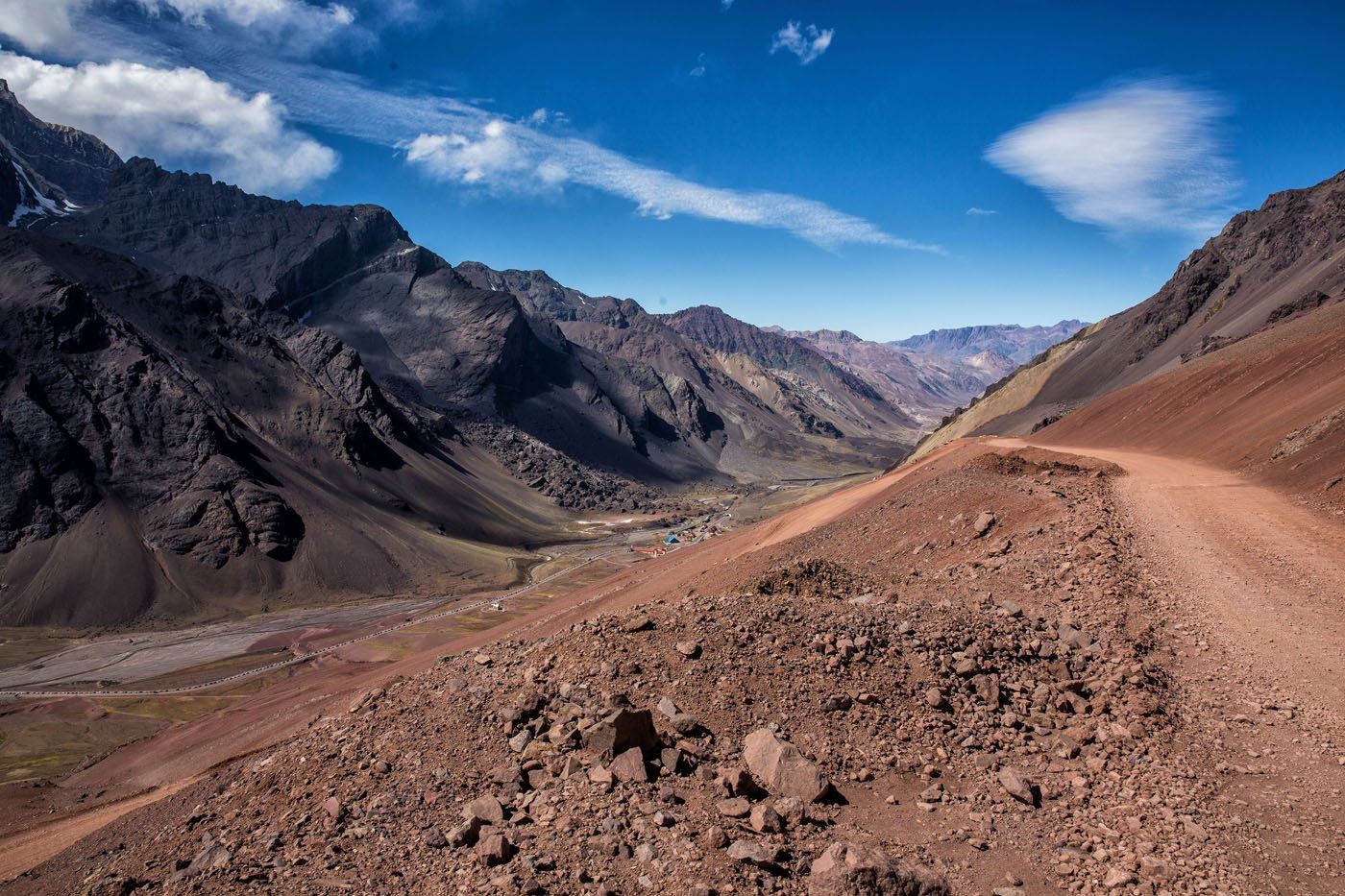
It took us about 25 minutes to climb to the top. Our reward were the best views of the Andes that we have seen yet, even better than on our hike to Confluencia, the first base camp of Aconcagua.
At the top it is windy and very chilly. Also, we could feel the effects of the altitude, since we were at 3,800 meters. We took a few photos, climbed back into the car, and began our descent into Chile.
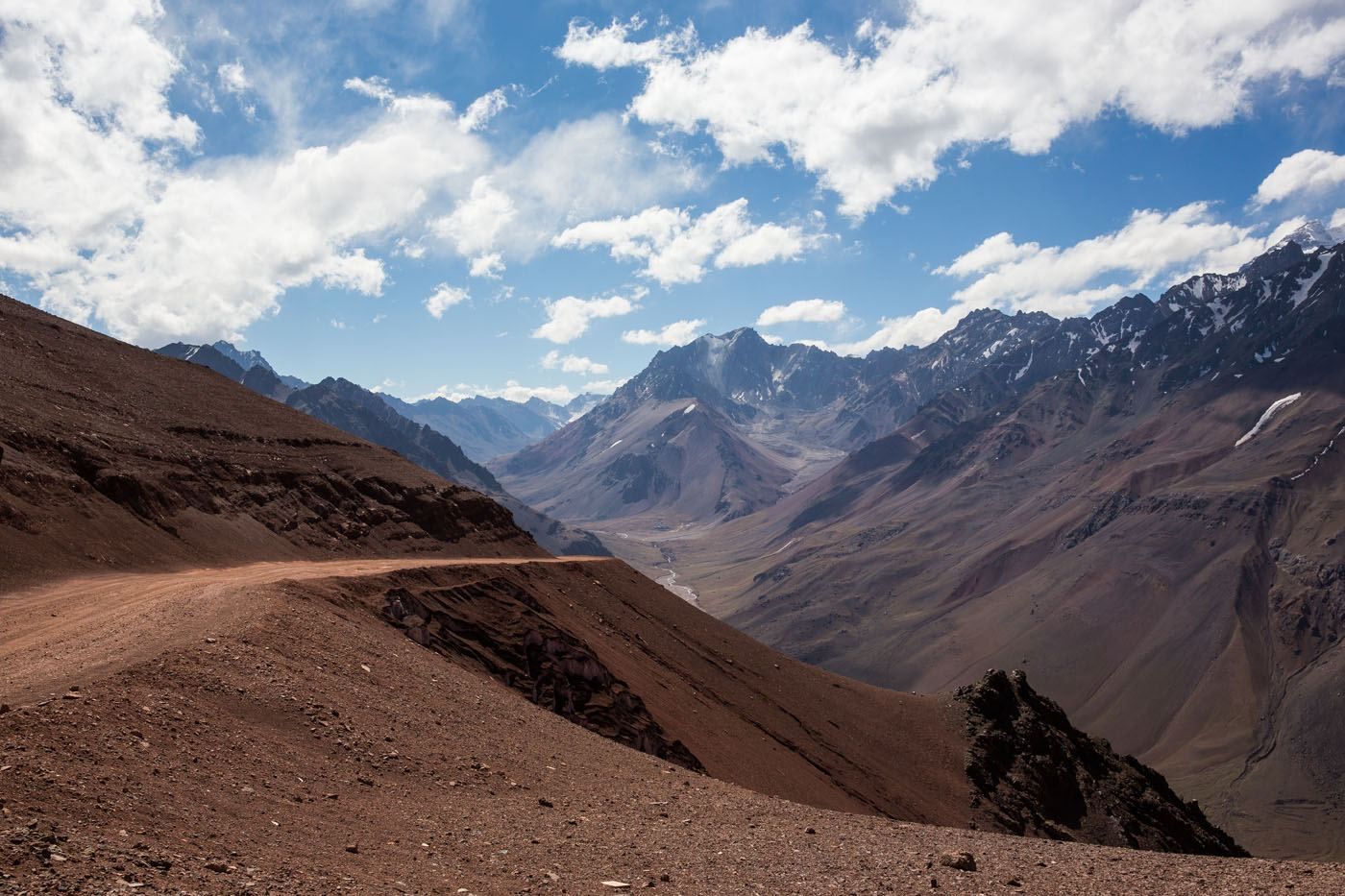
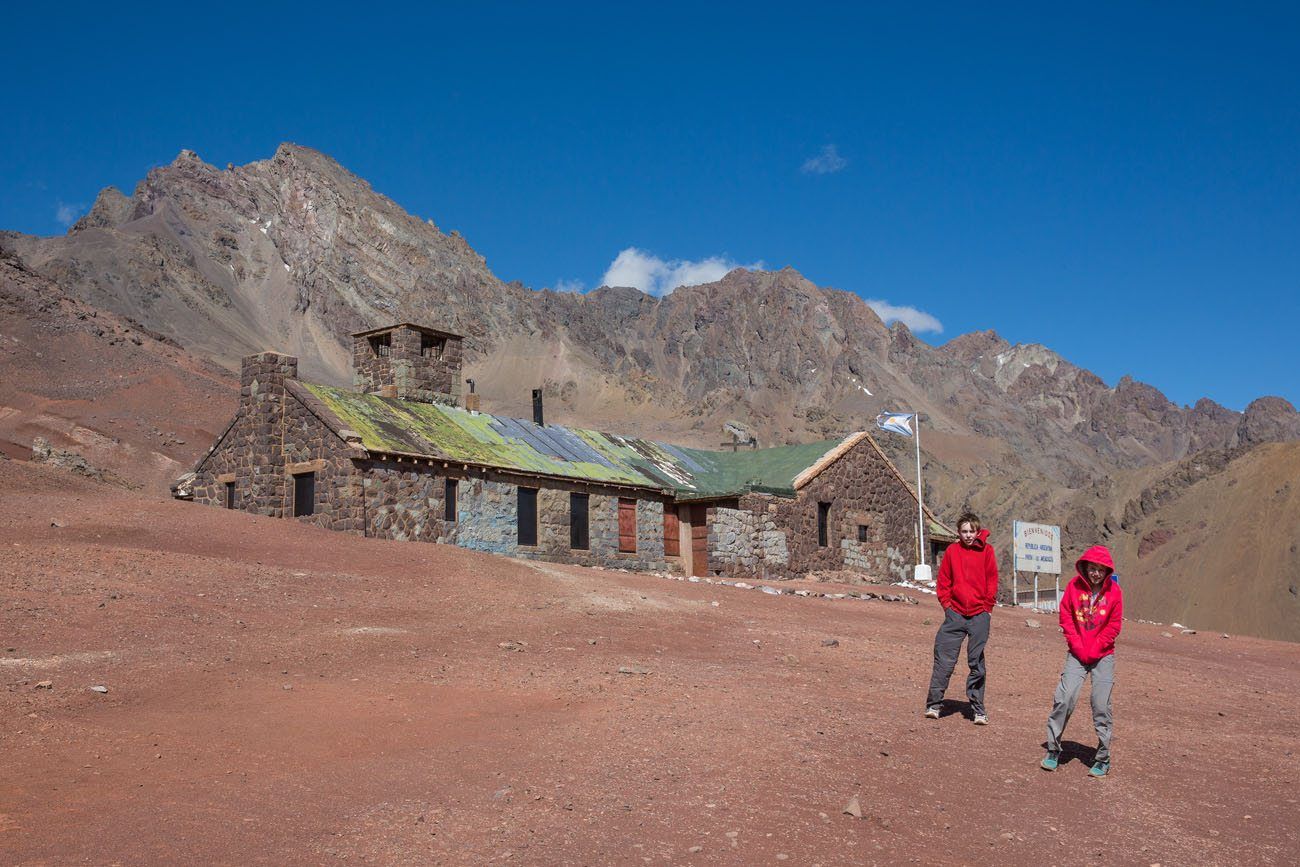
This is the part we were more concerned about. Looking at the map, the Chilean dirt road is one switchback after another, a tightly wound road dropping quickly to the valley below. Would our little car be able to handle this?
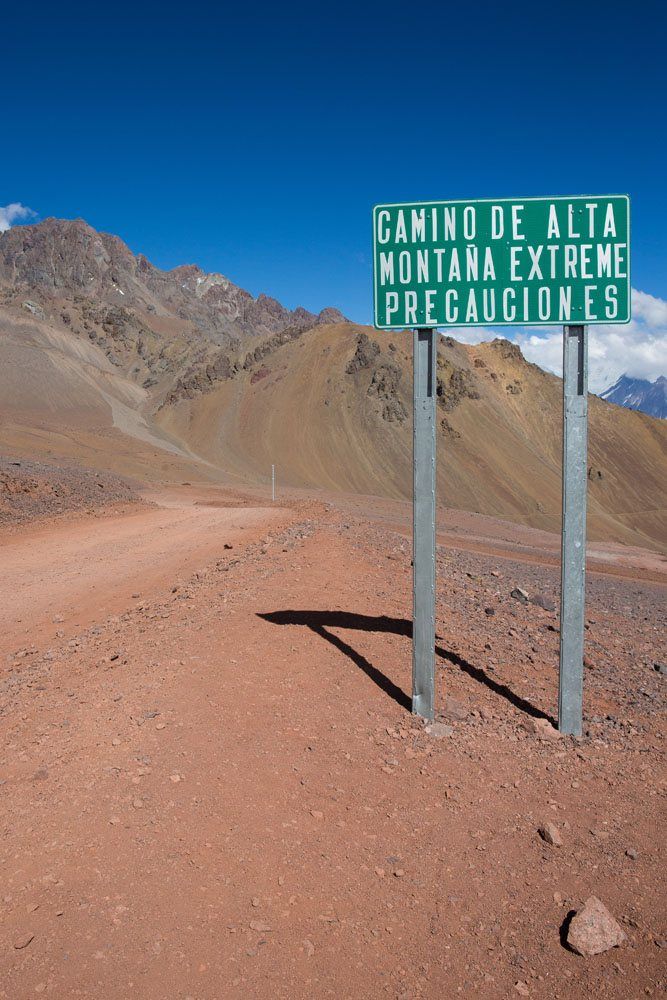
Fortunately, we were the only car on this part of the road. Most people drive up and down the Argentinian side and never cross over to Chile. I guess we were the only crazy ones trying to bypass the traffic to border control. Even if this drive did not save us any time, it was worth it just for the adventure of it.
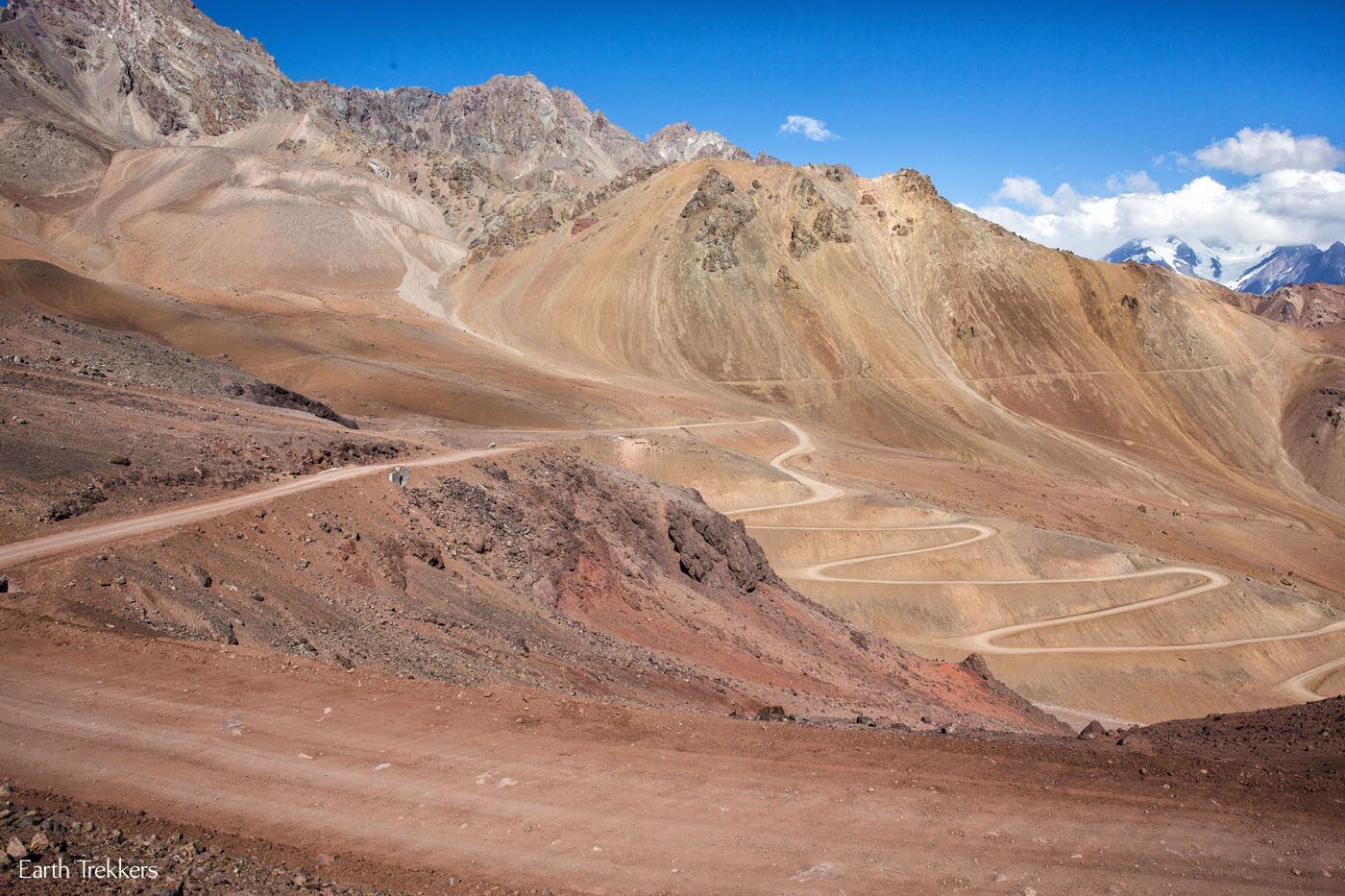
Like in Argentina, we found these dirt roads to be in very good condition. Without any other cars on the road it was an easy drive down the mountain. Still, this is a drive that only experienced drivers should undertake and only in the best of conditions. Those with vertigo or motion sickness may have serious issues on this road.
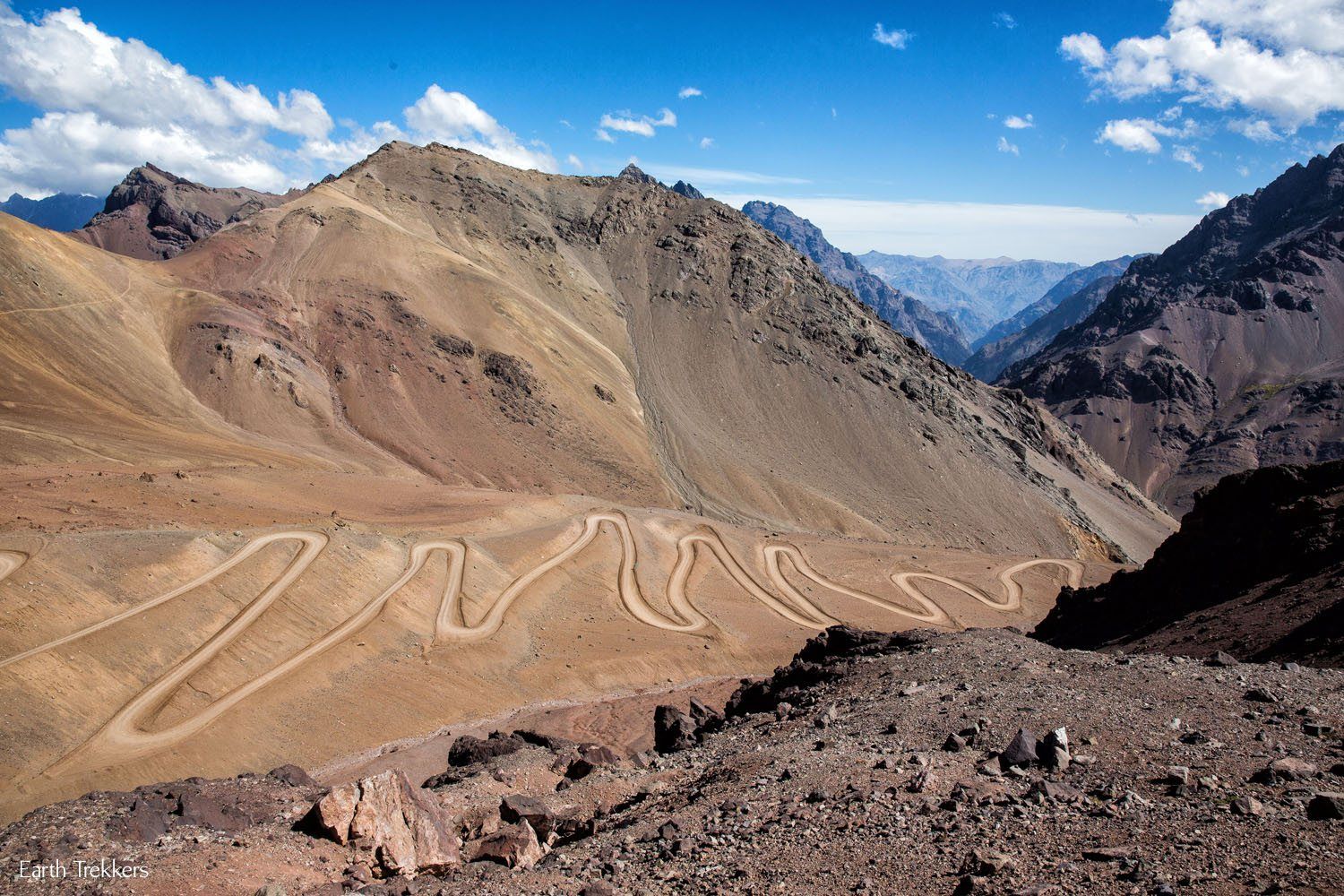
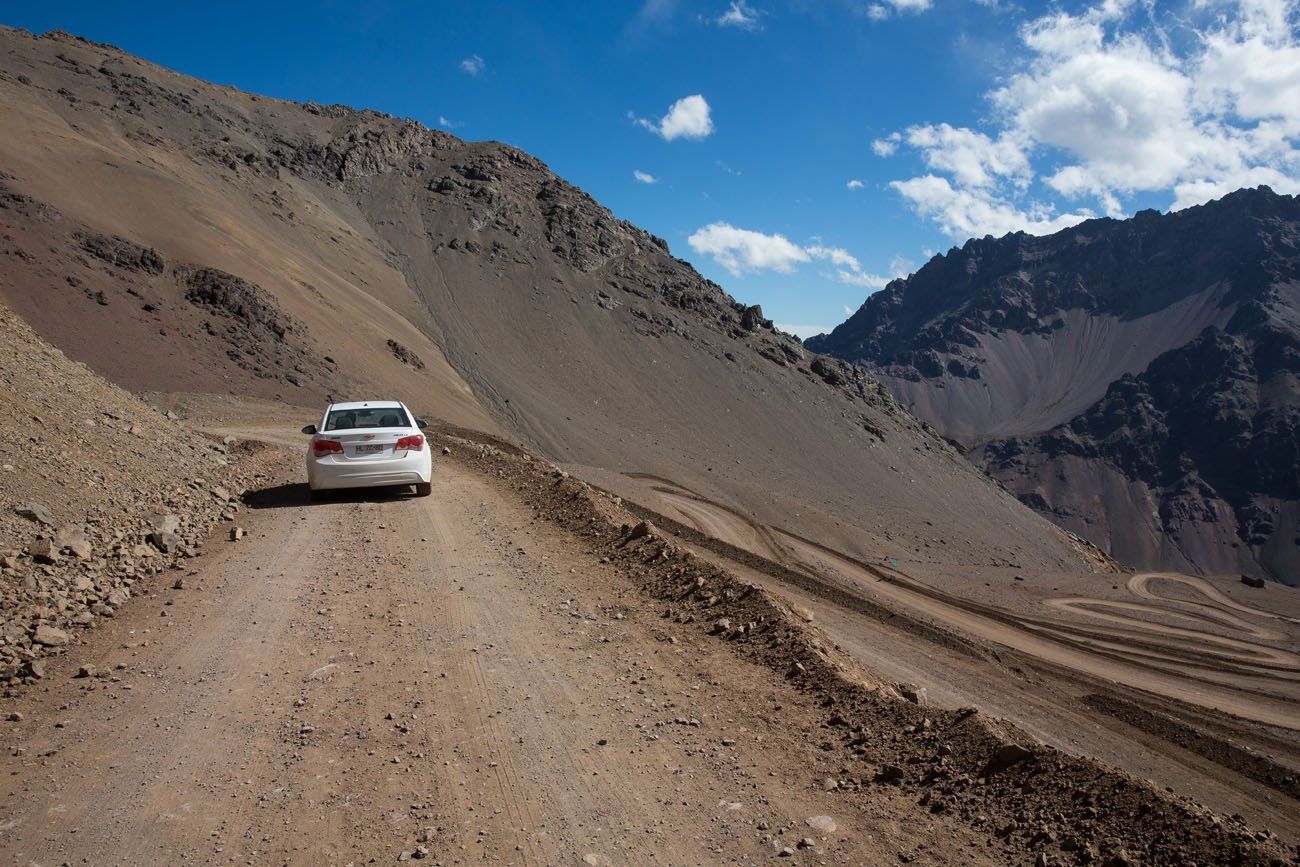
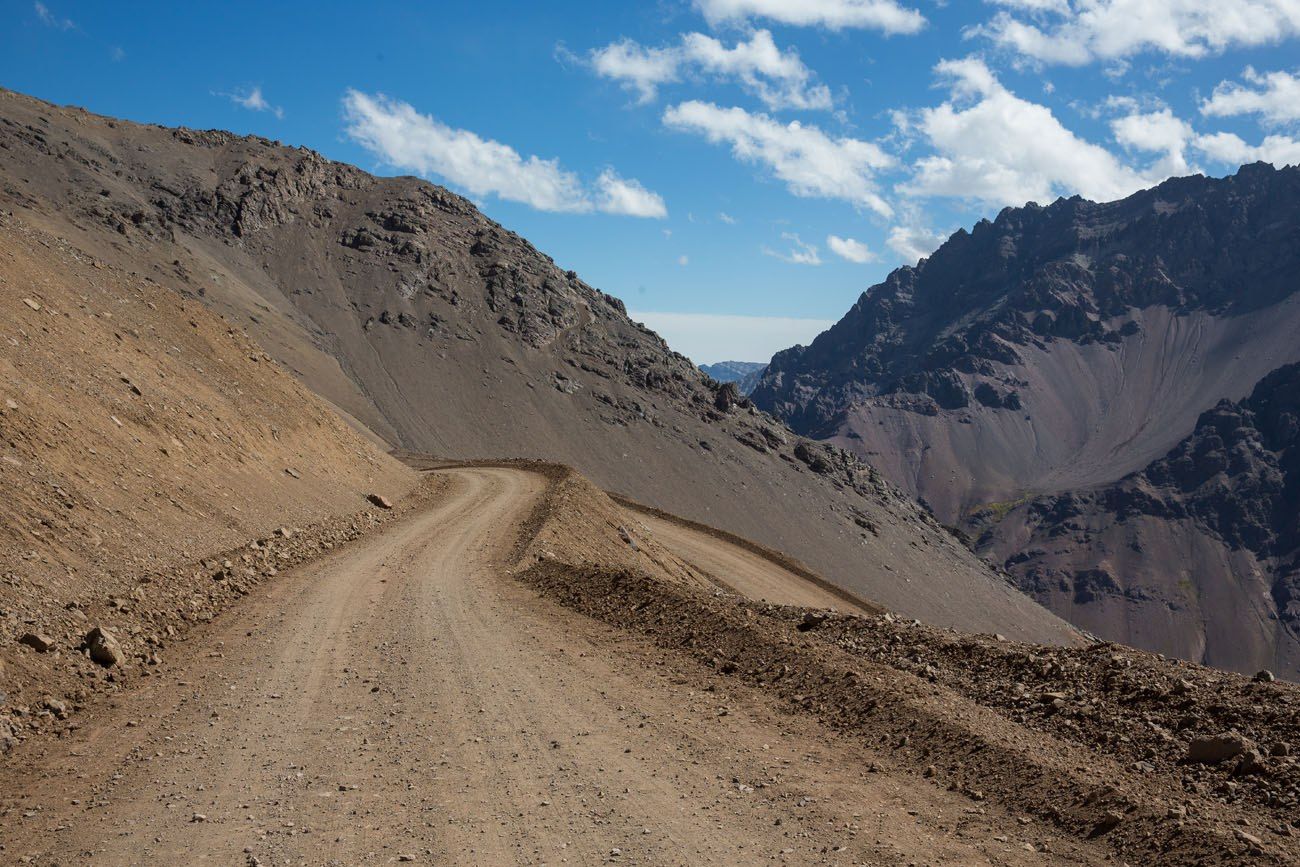
Far below, we could see the main highway, our destination, and the place where we would resume our wait in line to cross into Chile.
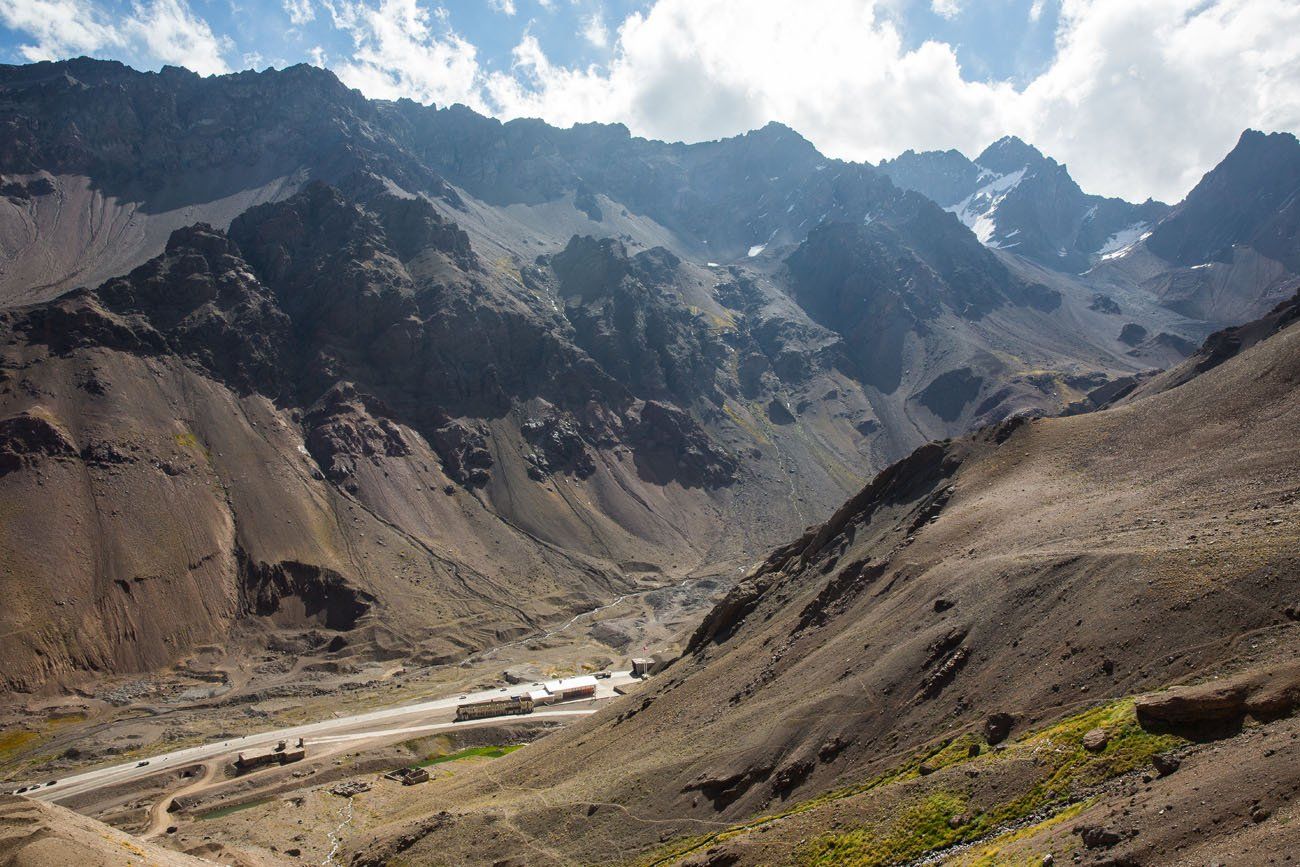
As much as the traffic into Chile was a nuisance, without it we never would have attempted this drive. We thought we were insane for doing this in a rental car, but that is what also made the drive so thrilling.
Things to Know About the Drive
The road to Cristo Redentor de los Andes is not open during the winter months. We did the drive at the beginning of April and the road was still open. Since it was low season, there were not many cars on the road.
The drive is 17 km long. It took us one hour to drive the entire length of the road, including a very quick stop at the top for photos.
Most people do the drive as part of a tour from Mendoza, Argentina. There are other sights to see in the area, such as Mt. Aconcagua, Puente del Inca, and smaller towns on the road between the Chile border and Mendoza. For more on what there is to see in the area (and what it is really like to cross the border between Chile and Argentina), read our post Driving from Santiago to Mendoza. Should You Do It?
If you are looking for a great hike to do nearby, you can hike to Confluencia, the first base camp on the way to the summit of Mt Aconcagua. The hike starts just a few kilometers away from Las Cuevas in Argentina in Aconcagua National Park. The hike is 14.2 km (8.8 miles) long and takes four to six hours. For more on the hike, read Hiking to Aconcagua Base Camp in Argentina.
If you are crossing the border between Chile and Argentina, you can do this drive. By driving up and over the border in the Andes Mountains, you will not miss any important border checkpoints or Immigrations offices. If you are traveling from Argentina into Chile, when you get back to the main highway (Route 60), turn left. Approximately 6 km later you will arrive at the Immigrations office. If you are driving from Chile to Argentina, the turn off for the drive up to Cristo Redentor is just before the tunnel. The dirt road is not well marked but there is a small sign identifying the road. Once you arrive in Las Cuevas, continue east a few kilometers and you will arrive at the Immigrations office in Horcones.
You do not need 4×4. We were in a manually-operated Chevy Cruze and had no problems at all. Tim has had lots of experience driving on both dirt roads and switchback roads. Even so, this drive made him nervous since we did not know what road conditions would be like for the entire length of the drive (until we got there). Some experience driving on roads like this is advisable. It is a dangerous drive and there is the possibility of sliding off the edge of the road. Do not attempt this drive if it has rained. The road will be slippery and muddy making your drive extremely difficult and dangerous.
According to the dangerousroads.org website, “only the suicidal, the insane, or the paid-to-do-this should ever drive down.”
So, what do you think? Is this a road you would like to drive? If you have any questions, ask us!
More Information about Argentina & Chile
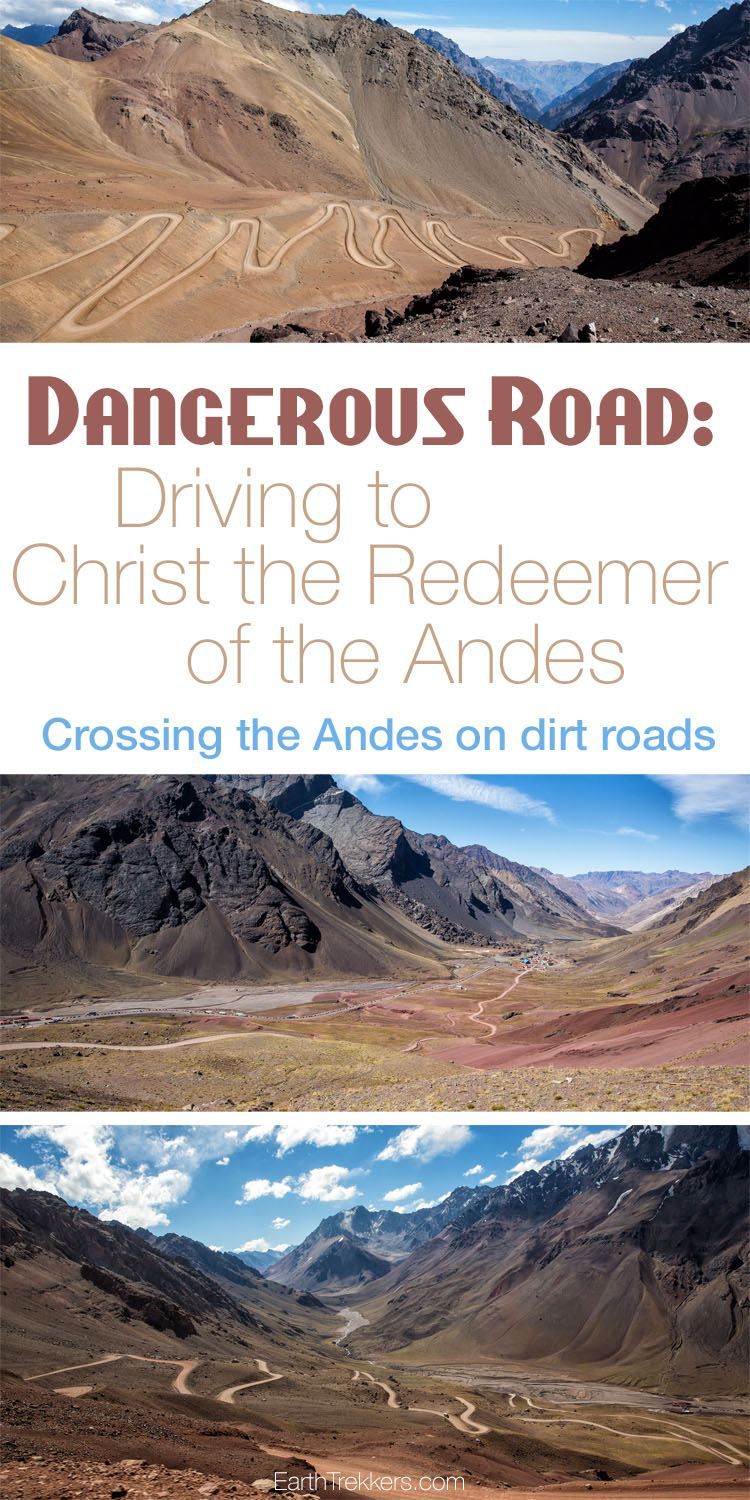
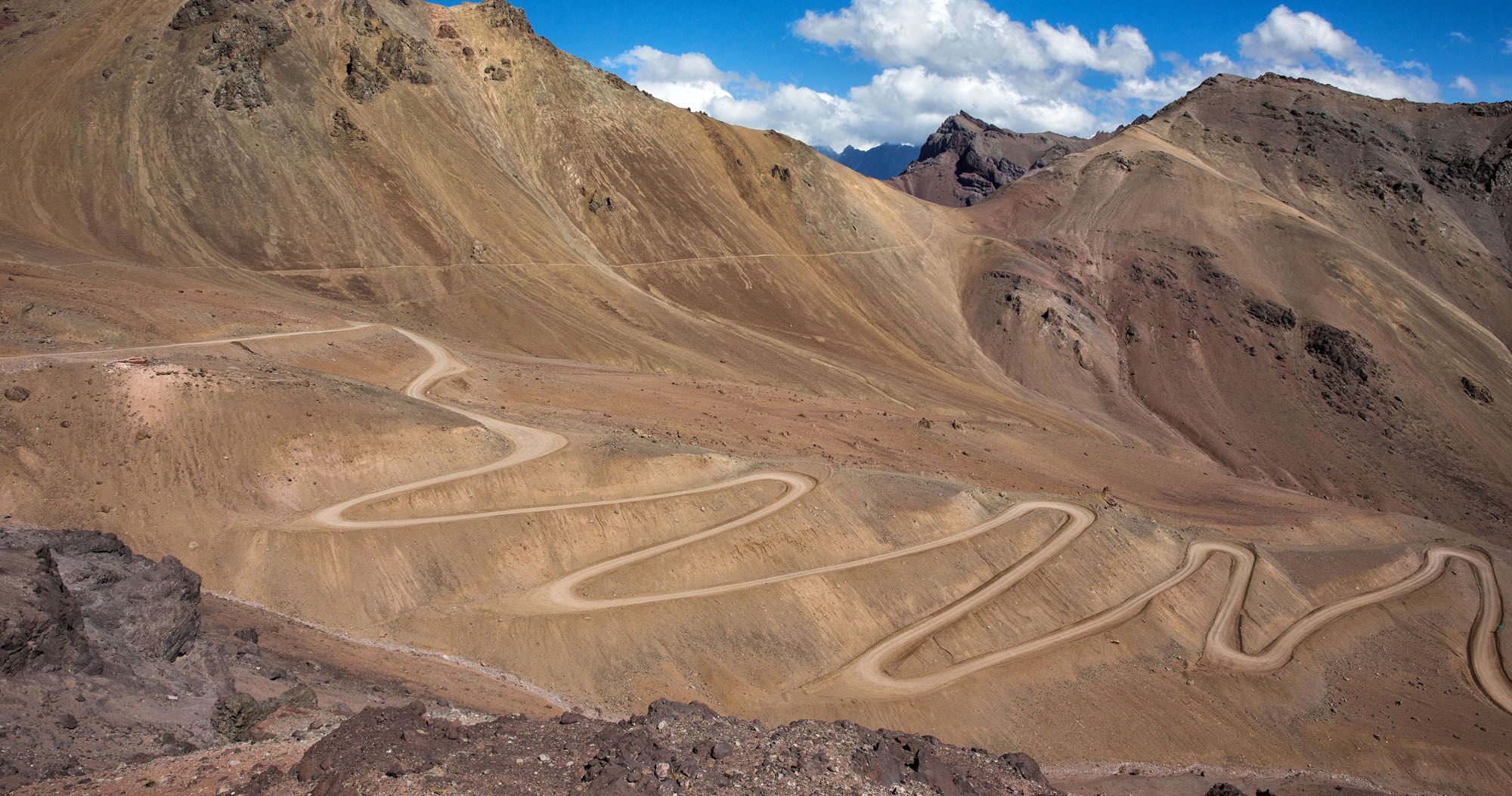
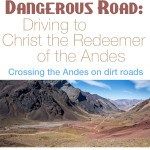
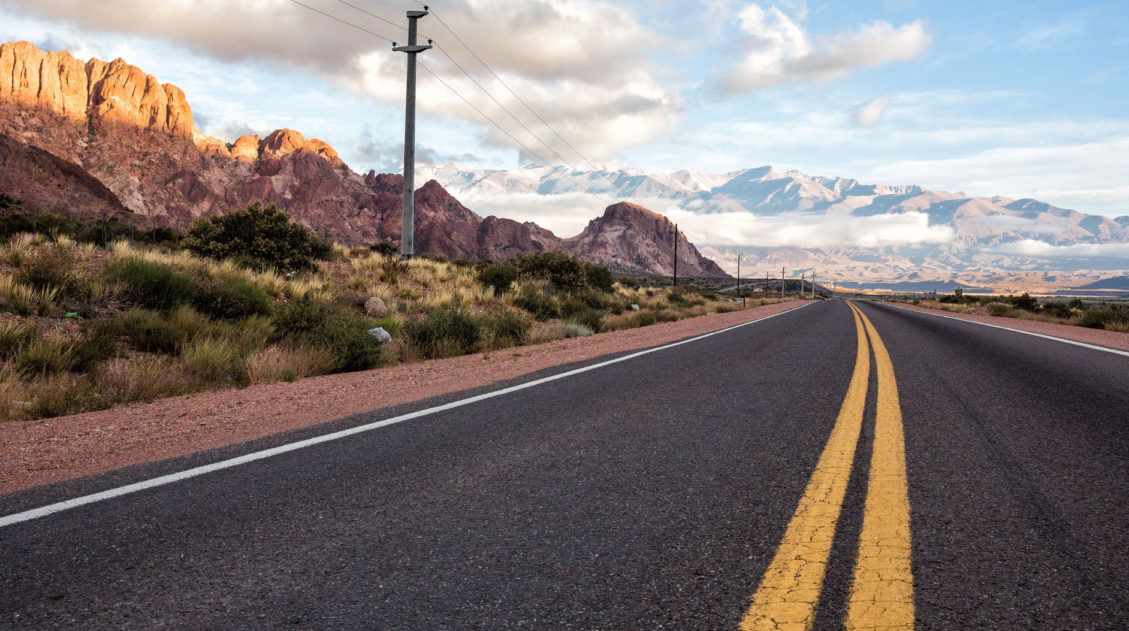
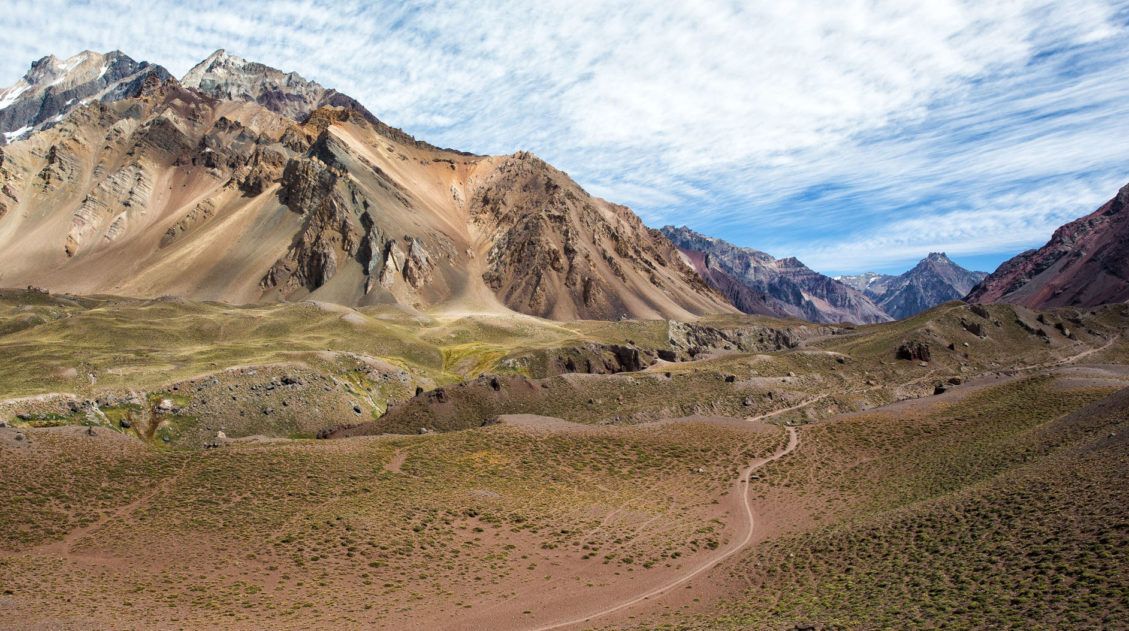
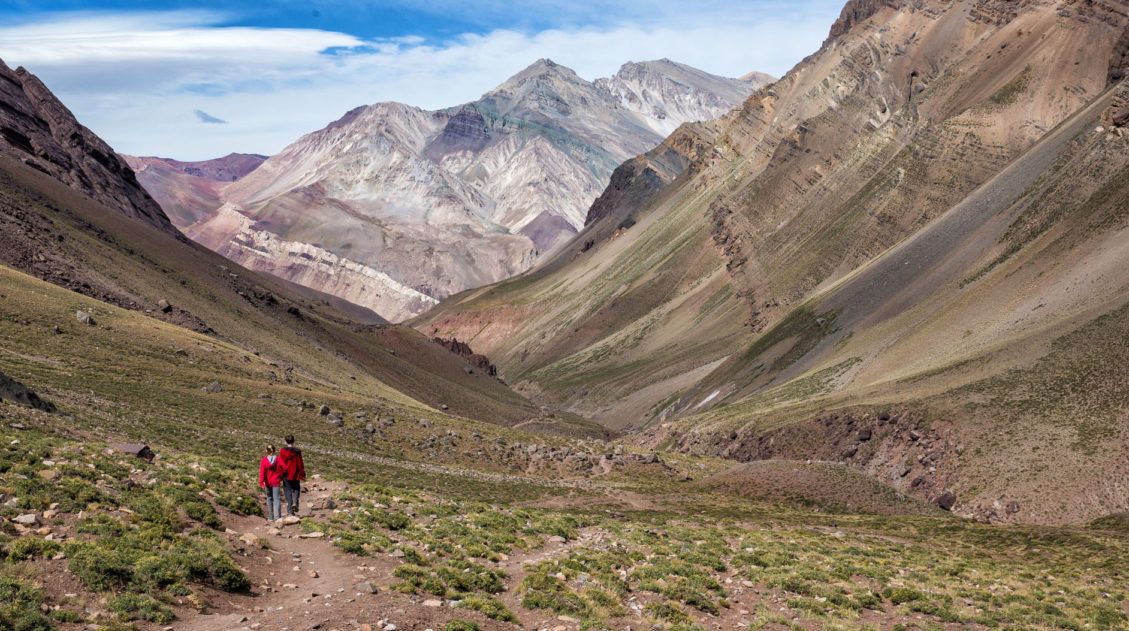
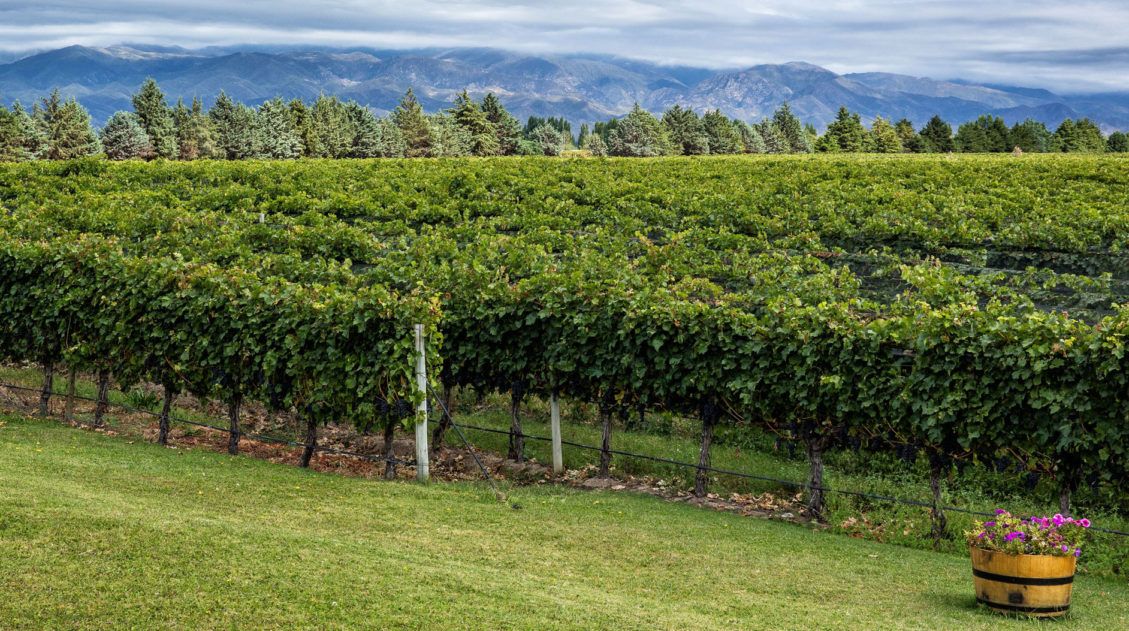
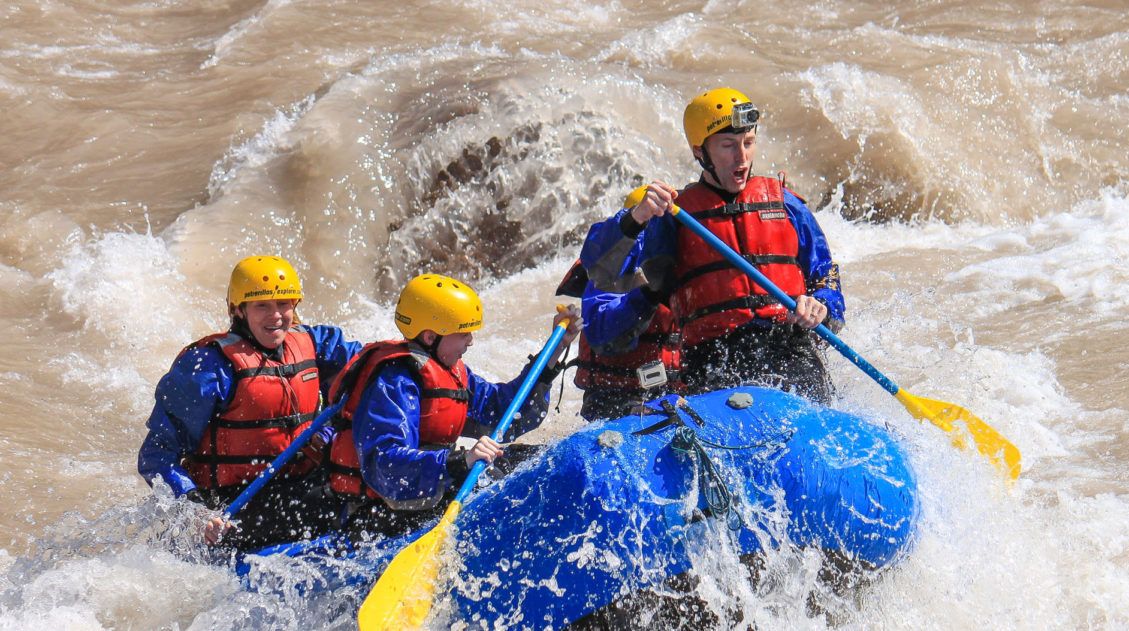
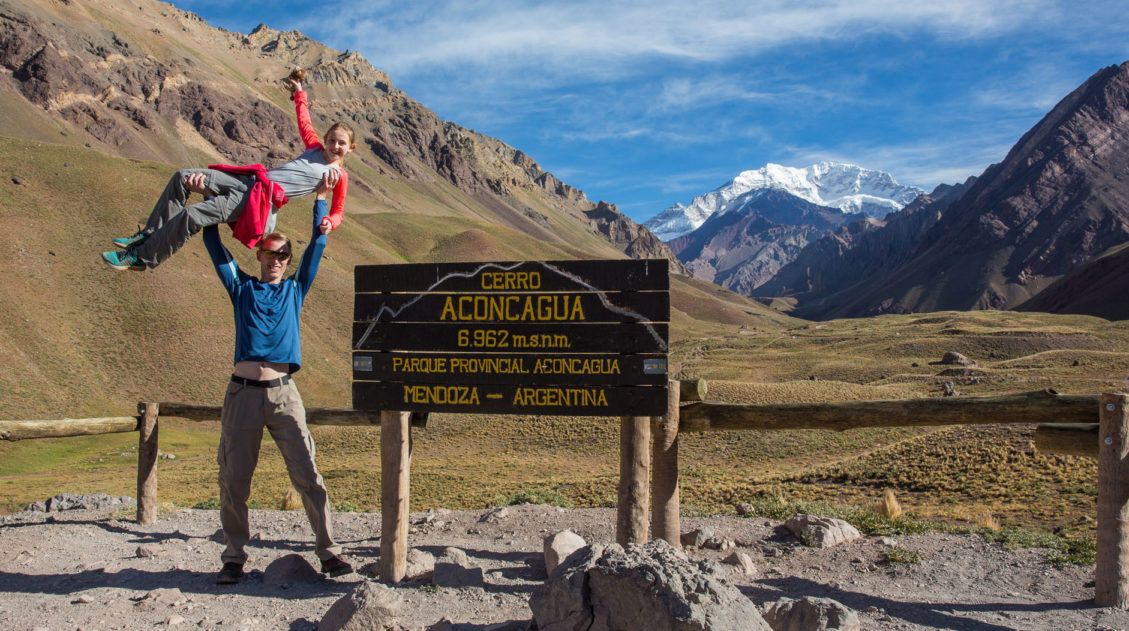
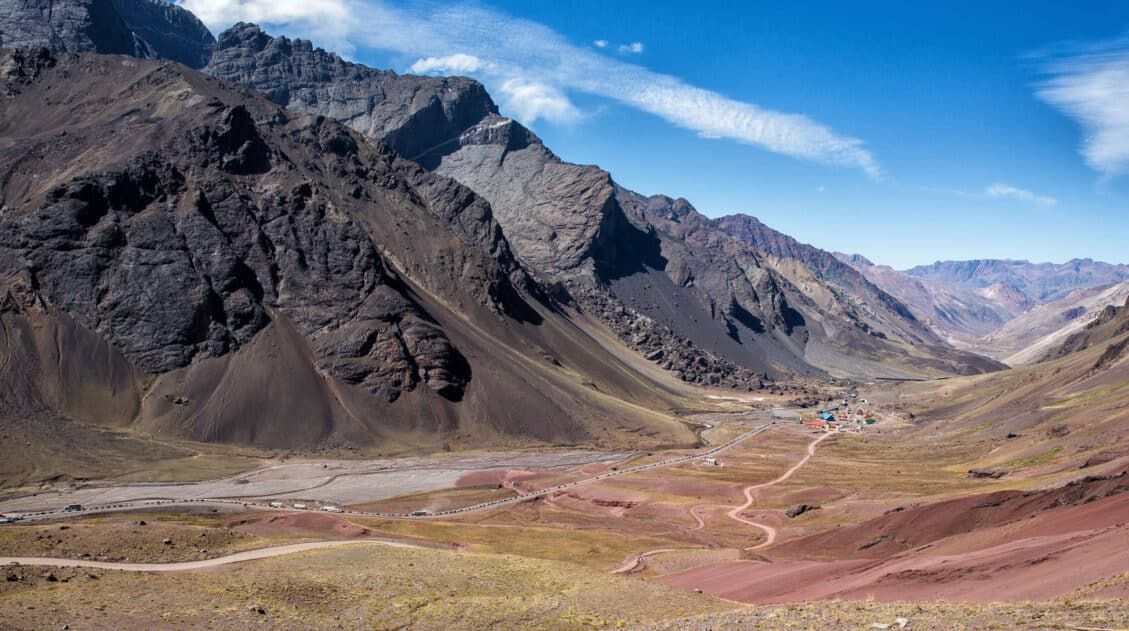
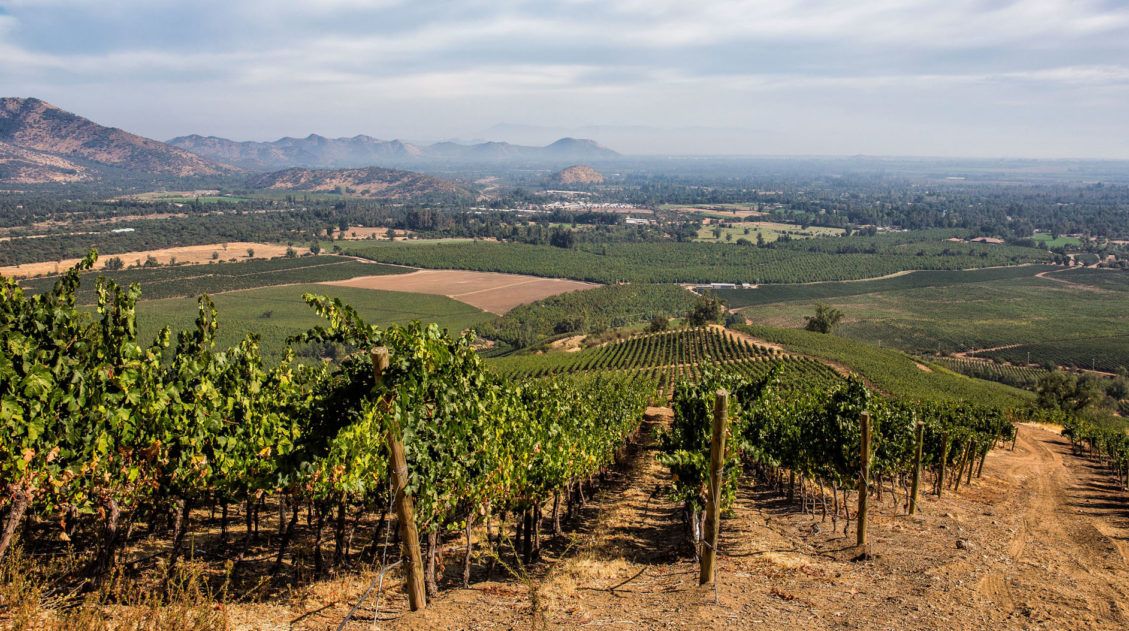
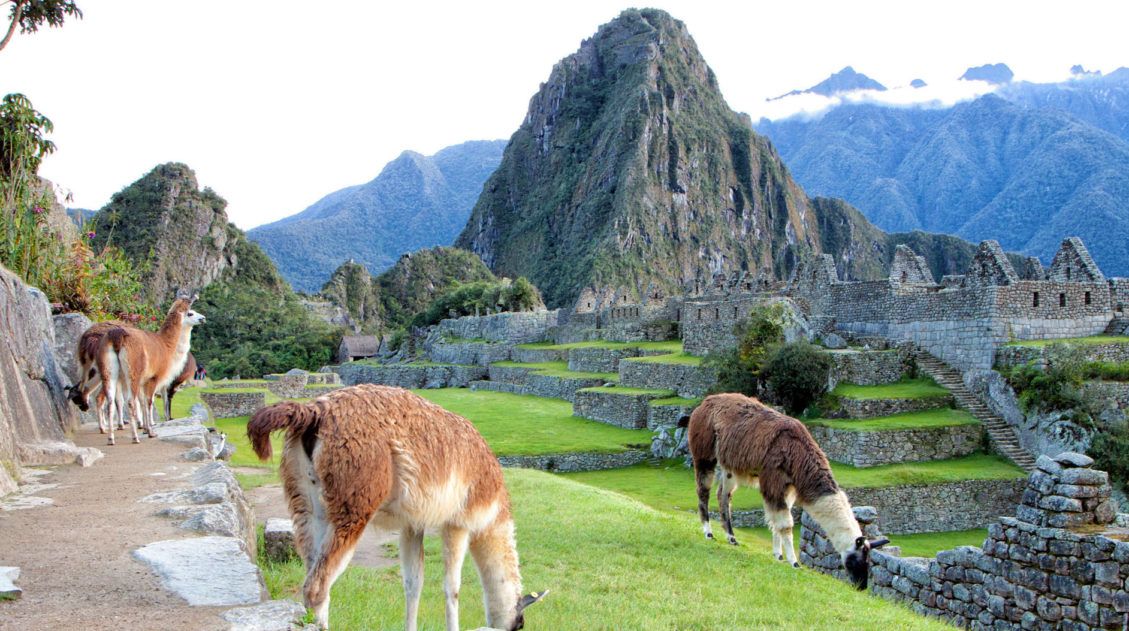
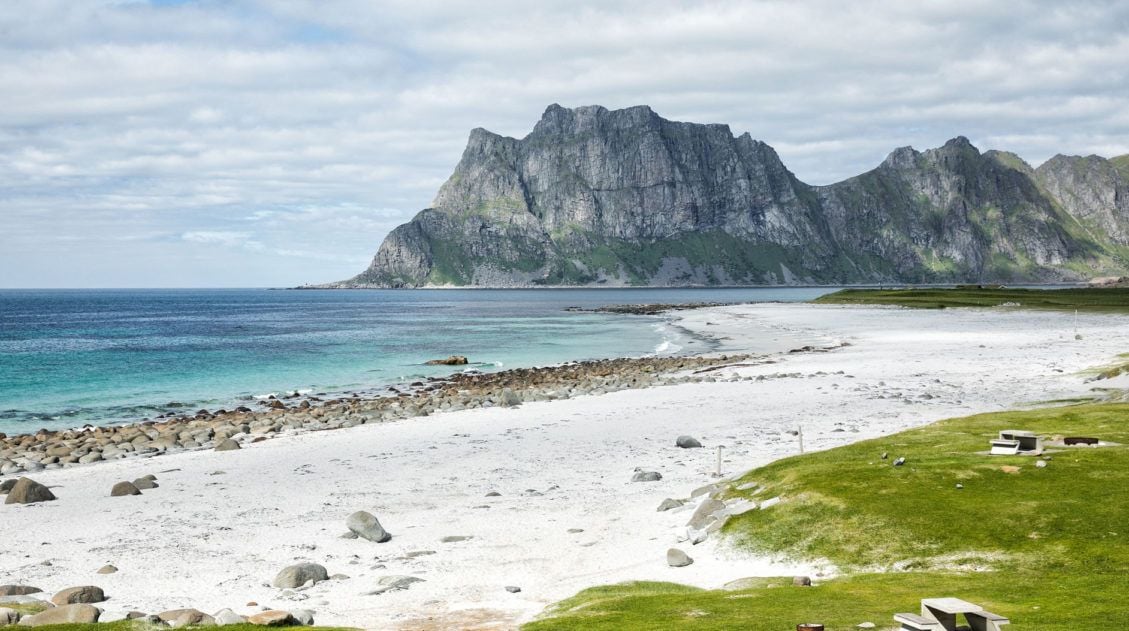
Comments 9